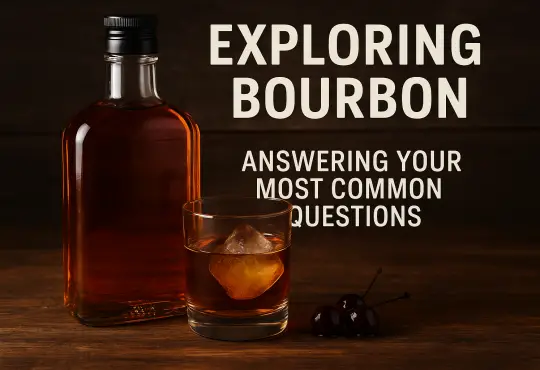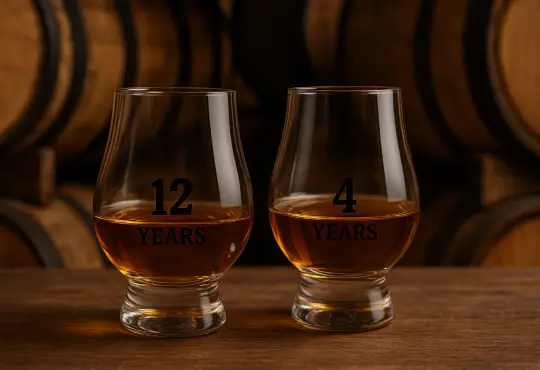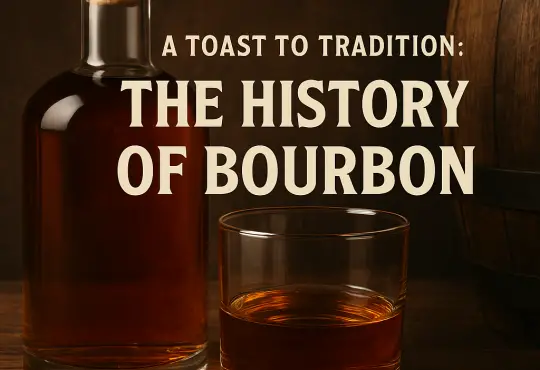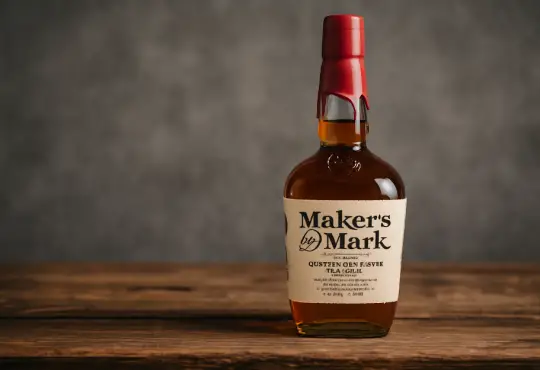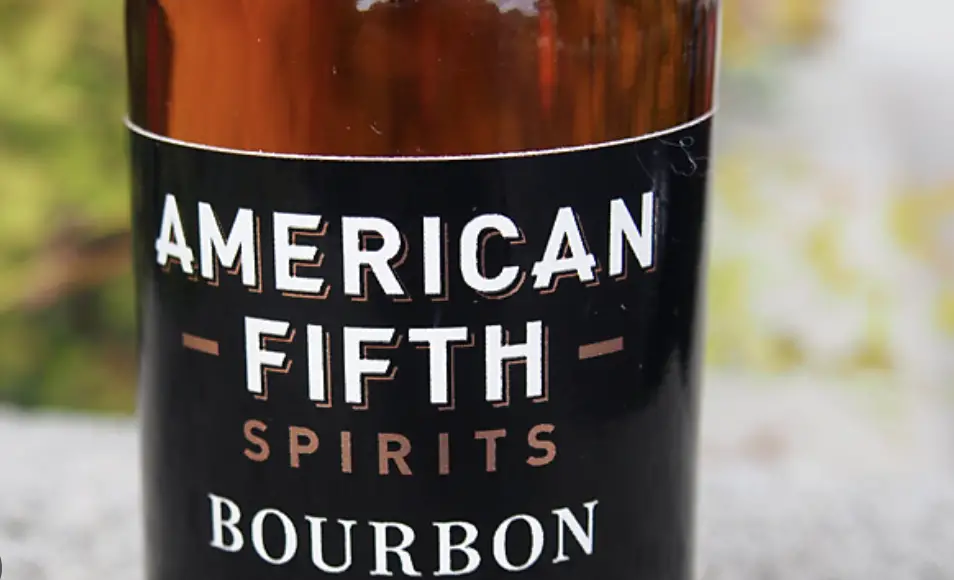
Decoding the “Fifth”: Why is Liquor Sold in Fifths?
When you stroll down the aisles of a liquor store, you’ll notice that many spirits, particularly distilled liquor, are sold in a size known as a “fifth.” But have you ever wondered why this particular size became the standard for liquor bottles? In this blog post, we’ll explore the intriguing history behind the term “fifth” and uncover the reasons why liquor has been traditionally sold in this volume.
- The Origins of the Term: The term “fifth” originated in the United States during the early 19th century. It refers to the bottle size of approximately one-fifth of a gallon or 750 milliliters (ml). This size was commonly used for distilled spirits, such as whiskey, rum, vodka, and gin.
- Historical Measurement Units: In the past, liquor was often sold in various volume measurements, depending on the country and region. In the United States, the gallon was divided into smaller units, such as quarts, pints, and gills. The fifth, which equates to one-fifth of a gallon or 4/5 of a quart, became a popular and easily recognizable size for liquor bottles.
- Adoption of Metric Measurements: In the late 1970s, many countries, including the United States, transitioned to the metric system for standardized measurements. While most countries adopted the 700 ml or 1-liter bottle size as the standard, the United States retained the fifth as the preferred volume for liquor bottles.
- Cost Considerations: The decision to sell liquor in fifths can be attributed, in part, to cost considerations. The fifth size strikes a balance between offering a substantial quantity of spirits while keeping the price within a reasonable range for consumers. This size is also convenient for transportation and storage purposes, allowing for efficient packaging and stacking.
- Traditions and Consumer Familiarity: The continued popularity of the fifth size can also be attributed to consumer familiarity and tradition. Many individuals have become accustomed to purchasing and consuming liquor in this size, making it a longstanding tradition in the industry. The consistent availability of spirits in fifths has created a sense of familiarity and convenience for both consumers and retailers.
- Product Diversity and Marketing: While the fifth remains a popular size, it’s important to note that liquor is also sold in various other sizes, such as miniatures, half-pints, pints, and liters, to accommodate different consumer preferences and market demands. These sizes provide options for individuals who may be looking for smaller or larger quantities based on their needs.
Conclusion: The prevalence of liquor being sold in fifths can be attributed to historical measurement units, cost considerations, consumer familiarity, and tradition. The term “fifth” represents the bottle size of approximately one-fifth of a gallon or 750 milliliters. While the adoption of metric measurements led to changes in bottle sizes worldwide, the fifth remains a standard size for liquor bottles in the United States. So, the next time you grab your favorite spirits from the shelf, remember the history and reasoning behind the familiar “fifth” size—a volume that has stood the test of time and continues to be a popular choice for both consumers and producers in the world of liquor. Cheers to the convenience, tradition, and consistency of the fifth!

